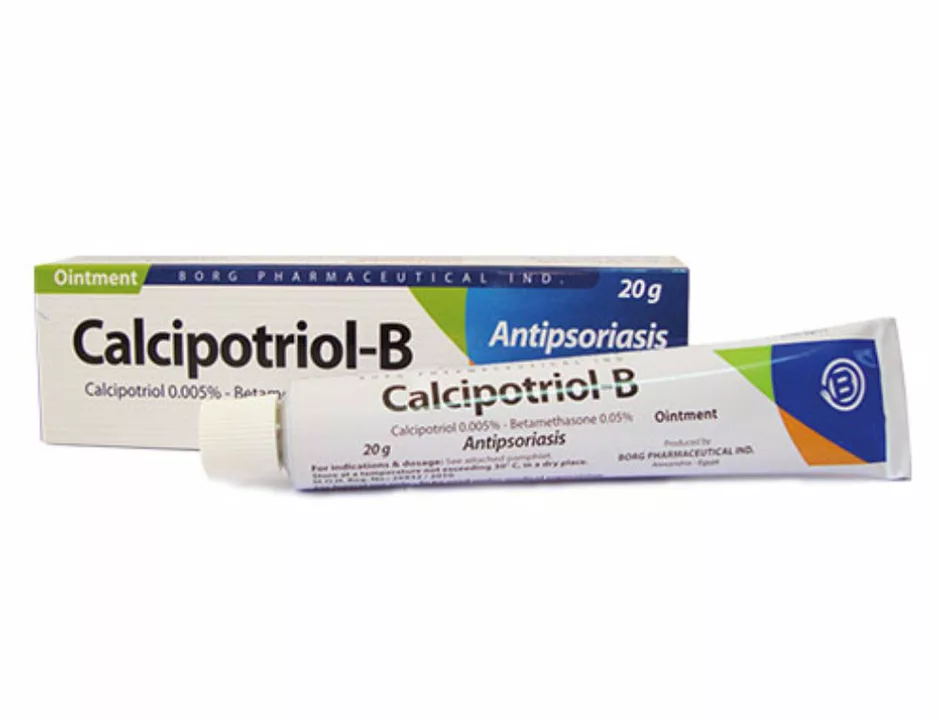Calcipotriol Treatment: What You Need to Know
If you’ve been told to use calcipotriol for your skin condition, you probably have a lot of questions. This article breaks down the basics so you can feel confident using it.
What Is Calcipotriol?
Calcipotriol is a synthetic form of vitamin D3 made into a cream or ointment. Doctors prescribe it mainly for plaque psoriasis because it helps slow skin cell growth and reduces inflammation. Think of it as a gentle reset button for the cells that go crazy in psoriasis.
How to Apply It Correctly
First, wash the area with mild soap and pat dry – no rubbing. Squeeze a pea‑size amount onto your fingertip and spread a thin layer over the affected skin. Do this once daily unless your doctor says otherwise. Don’t cover the spot with bandages or heavy creams; let it breathe.
It’s easy to forget a night dose, so set an alarm or keep the tube next to your toothbrush. Consistency matters more than a big amount – using too much won’t speed up results and may cause irritation.
What Benefits Can You Expect?
Most people see less redness and scaling within 4‑6 weeks. The medication works by telling skin cells to grow at a normal rate, which means plaques get thinner and smoother. Some users also notice less itching, making daily life more comfortable.
Possible Side Effects
Calcipotriol is generally safe, but a few side effects can pop up:
- Mild burning or stinging right after you apply it – usually fades in a day.
- Dry patches or slight peeling.
- Rarely, excessive calcium buildup if used on large body areas for long periods. Your doctor will monitor this with blood tests if needed.
If any reaction feels severe or spreads beyond the treated spot, stop using it and call your healthcare provider.
Tips to Maximize Results
Combine calcipotriol with a gentle moisturizer after it dries. This keeps skin hydrated and can cut down on irritation. Avoid harsh soaps, hot showers, or scrubbing the area – they can strip the barrier you’re trying to heal.
Stay consistent even if you don’t see instant change; psoriasis improves gradually. Keep a short journal of how your skin looks each week – it helps you and your doctor track progress.
Frequently Asked Questions
Can I use calcipotriol on my face? Only if your doctor says so. Facial skin is thinner, so the dose might be lower.
Do I need a prescription? Yes. It’s regulated because misuse can affect calcium levels in the body.
How long will I stay on it? Some people use it for months, others longer. Your doctor decides based on how well you respond and any side effects.
Got more questions? Write them down and ask your dermatologist at the next visit – they love an informed patient.
With the right routine, calcipotriol can be a simple yet powerful part of managing psoriasis. Stick to the plan, watch for changes, and you’ll likely see smoother skin in a few weeks.
